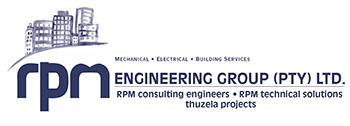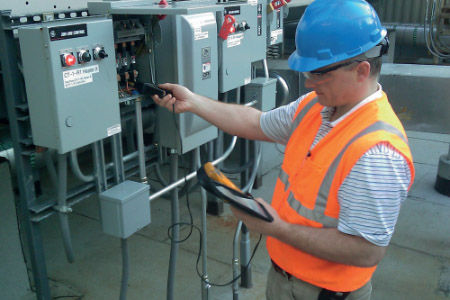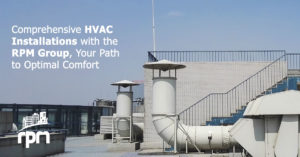‘Commissioning’ has been the bane of my working life. To be handed over a plant that has been correctly commissioned in every respect, has rarely happened in my 30 years of consulting.
The word ‘commission’ is described in many ways by the English dictionary, none of which refer directly to any form of plant operation. So, how did the word evolve in the engineering context? Your guess is as good as mine!
Perhaps I’m missing something.
Anyway, we all agree (I hope) that the commissioning of a newly installed HVAC plant is absolutely paramount and must happen on final completion. Accurate commissioning data, actual versus design, must accompany the Operations and Maintenance Manual (O&M). Can we at least agree on that?
The scenario is very different in reality. Getting the commissioning data is like drawing blood. When you finally do, it is quite clearly a sort of ‘thumb-suck, hope they believe it’ submission.
Why is this generally the case? I suppose there are many reasons on offer as to why commissioning is mostly a glossed-over portion of the project delivery.
So, what is the rationale behind HVAC commissioning? In a nutshell, it measures the plant’s performance against the specified design parameters. By the same token, it identifies design shortfalls and discrepancies, it indicates where settings and adjustments are required, and it specifies any obvious component malfunctions. This obviously allows the relevant parties to address each aspect as applicable.
In my book, it also serves as a measure of the engineer’s ability — to ensure they design an HVAC system that actually performs the way it was intended.
It all seems very straightforward, so why then the ambiguity in this regard? Is it a case of costs? Proper commissioning is expensive. These days, a qualified commissioning engineer can command an upper-range six-figure salary (because they are a rare breed).
To include such a prohibitive cost in your tender submission would probably blow you out of the water. Incidentally, back in the day, all the accomplished contracting companies employed a dedicated commissioning engineer. Not so today, so draw your own conclusions.
By definition, commissioning is a long, laborious exercise, requiring many hours of measuring, checking, re-measuring, adjusting, and re-checking, over and over and over again. This takes time and time is of course money. It’s little wonder, therefore, that commissioning has become, in many ways, a dying art, albeit still a crucial function. Nevertheless, commissioning can be done effectively and economically, if approached
correctly.
Like with everything else, the correct tools for the job are essential. Invest in a state-of-the-art volume flow hood (not cheap at around R50k). A multistage electronic hermometer and laser beam thermometer is a must, as is a vane anemometer and airflow meter. On the hiller/water side, ensure that you have a good set of gauges, as well as an accurate flow meter.
Once you have the right equipment, train your technicians on how to use it. Issue comprehensive data recording sheets for the capturing of measurements taken on site. Commission, wherever possible, each section or phase of the project immediately on its completion. This will speed up the programme considerably.
Then be a little smarter. Use the supplier to commission their own installed equipment (chillers, packaged units, and so on). Include their commissioning sheets in the O&M manual.
Remember this: Most tender documents have a line item, “Testing, Commissioning and Handover”. Do not try and skimp in this department. If you do, you may win the tender, but you might lose money.
Consulting engineers, together with your clients, rely on the authenticity and accuracy of the commissioning results. It confirms the project’s design correctness and equipment selection. It says to the client: you have exactly what you have paid for.
Finally, it lends credence to the contractor’s commitment to handing over a fully operational plant. It further confirms their attention to detail and overall ability; virtues considered essential in securing ongoing projects.
By Patrick Burke of RPM Engineering




